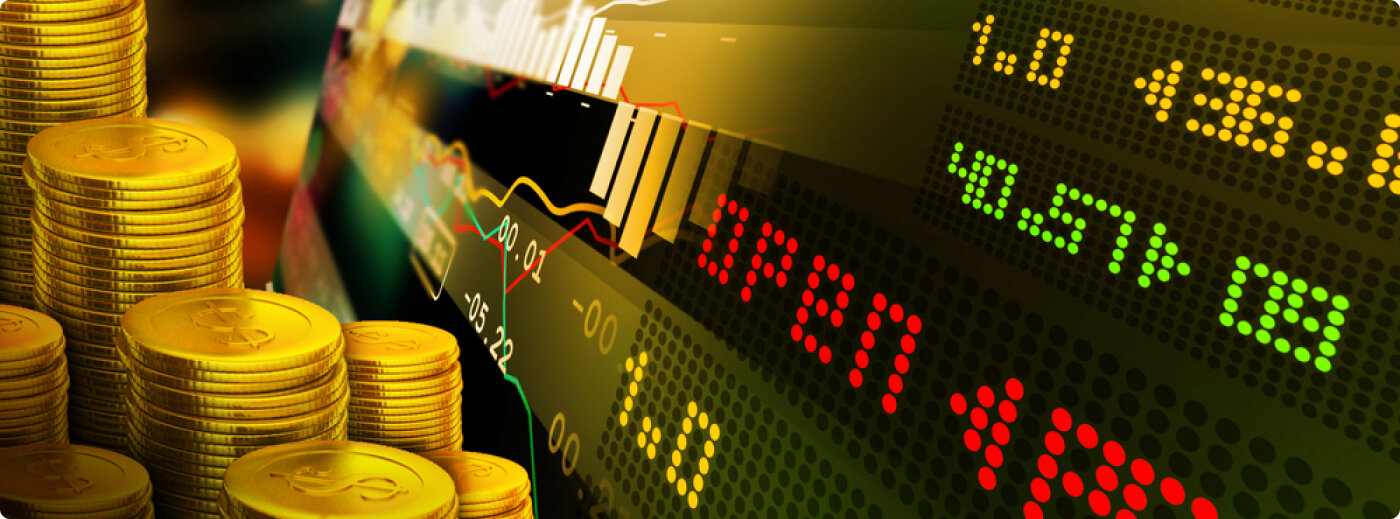The Golden Dilemma: Is Gold Still a Wise Investment in the Digital Age?

5min read

In a world fueled by digital innovations and rapidly evolving financial instruments, the age-old allure of gold continues to cast its glittering spell. For centuries, gold has held a position of reverence as a store of value, a hedge against inflation, and a symbol of wealth.
However, as we navigate the intricate landscape of the digital age, an intriguing question emerges: Is gold still a wise investment in this era?
A Glint in History: The Timeless Allure of Gold
From the pharaohs of ancient Egypt to the traders of the Silk Road, gold has held an undeniable fascination. Its scarcity, lustrous beauty, and resistance to corrosion have contributed to its revered status as a precious metal. Throughout history, gold has acted as a unifying force, transcending cultures and borders. The image of a vault filled with gleaming gold bars has long been synonymous with financial security.
The Digital Metamorphosis: Shifting Investment Paradigms
As the digital age dawned, a wave of innovation swept across every facet of human existence, including finance. Cryptocurrencies like Bitcoin emerged to be promising investment options to traditional financial systems. In this context, the notion of digital gold, represented by Bitcoin, emerged as a rival to the physical precious metal and other forms of investments. Investors found themselves at a crossroads, torn between the traditional gleam of gold and the futuristic allure of cryptocurrencies.
The Case for Gold: Unwavering Stability
Gold has stood the test of time as a store of value during economic uncertainties. Its value isn’t tied to any single government or financial institution, granting it a timeless universality. During times of economic turmoil, gold has often served as a safe haven, a place to park capital when the markets are in upheaval. It’s a tangible asset that doesn’t rely on the stability of digital networks or trust in a particular technology.
Moreover, gold has a historical record of preserving wealth against inflation. Unlike fiat currencies, whose value can be eroded by central bank policies, gold’s scarcity ensures that its value remains relatively stable over the long term. This makes investing in gold an attractive option for those seeking to protect their wealth from the erosive effects of inflation.
The Digital Gold Rush: Cryptocurrencies and Their Appeal
On the other side of the investment spectrum, cryptocurrencies like Bitcoin have ushered in a new era of digital assets. Bitcoin, often referred to as “digital gold,” shares some characteristics with its physical counterpart. Like gold, Bitcoin’s supply is limited, with a maximum of 21 million coins that can be mined. This scarcity is designed to mimic the rarity of gold and potentially offer a hedge against inflation.
Advocates of cryptocurrencies argue that they offer the advantages of gold while addressing some of its limitations. Transactions involving cryptocurrencies are borderless and can occur without the need for intermediaries. Additionally, blockchain technology, which underpins most cryptocurrencies, offers transparency and security that can enhance trust in financial systems.
Balancing Tradition and Innovation: The Path Forward
As the digital age continues to reshape our world, the value of investments extends beyond mere financial returns. It embodies our beliefs, aspirations, and the principles we hold dear. Especially with the next-generation investors seeking out high-return assets for investment with low risk and rising investment opportunities across various markets.
Investors are now faced with a challenging dilemma: Should they stick with the tried-and-true stability of gold, or should they embrace the potential of digital alternatives?
The answer may not be binary. Modern portfolios increasingly reflect a diverse blend of assets, combining the timeless security of gold with the potential growth of digital assets. This strategy acknowledges the evolving nature of investment landscapes and seeks to leverage the strengths of both worlds.
Gold, with its deep historical significance and tangible nature, resonates with those who value tradition and stability. Conversely, cryptocurrencies embody innovation, decentralization, and the promise of reshaping financial systems.
In the grand tapestry of investment choices, the question of whether gold is still a wise investment in the digital age becomes less about financial mechanics and more about personal values. As we traverse this golden dilemma, we are reminded that investment decisions are not just numbers on a balance sheet; they reflect our hopes for the future and our quest for a prosperous tomorrow.
In conclusion, the golden dilemma is a multifaceted conundrum that speaks to the heart of modern investment choices. When you compare the stability of gold investment with the appeal of digital investment options, you can see how complicated the financial world is today. Whether one chooses to embrace the digital age’s innovations or hold fast to the glimmering tradition of gold, the decision ultimately reflects a belief in the enduring power of wealth preservation and growth, however, it may be defined in this dynamic era.







